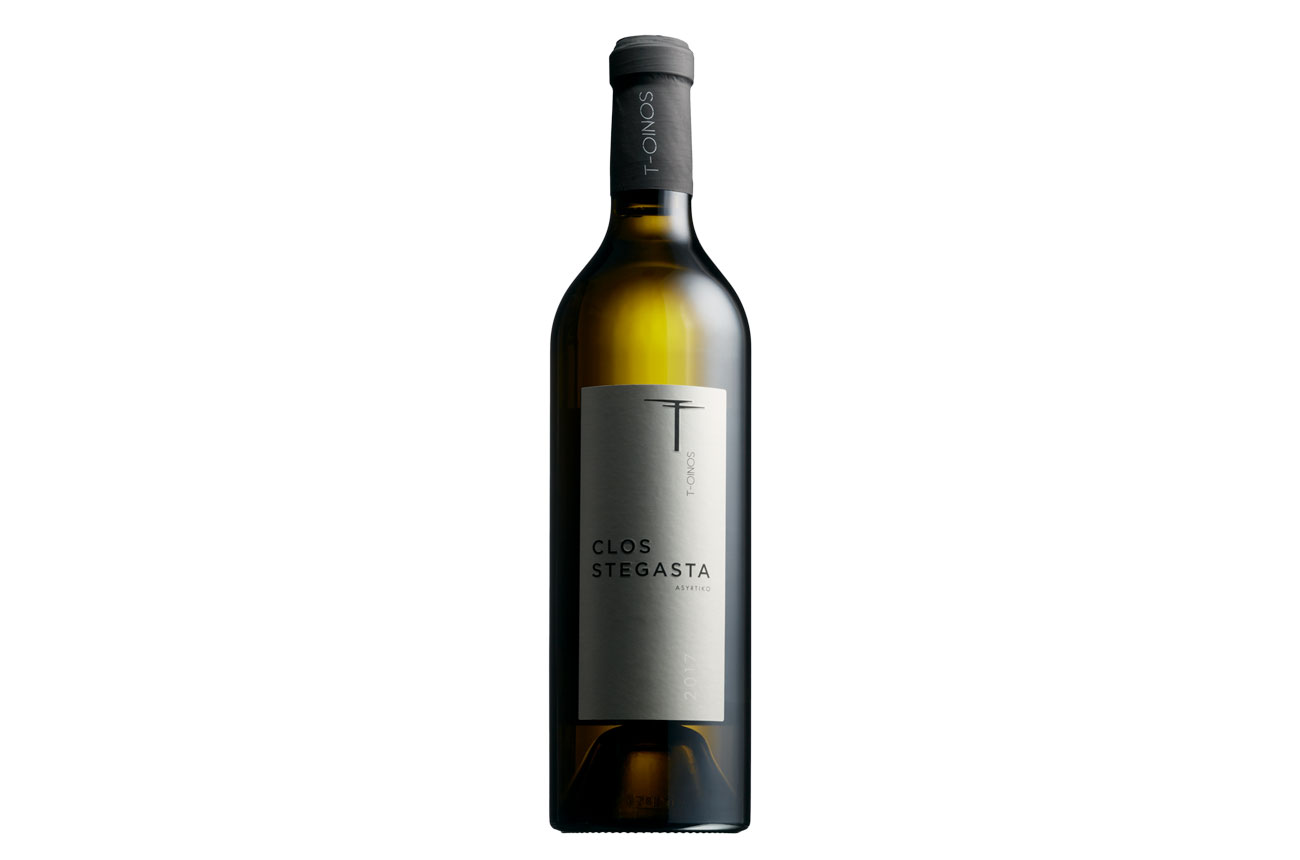Standing windswept among the vines at 460m in altitude, looking beyond the huge granite boulders littering the arid, moon-like landscape, quiet and still but for the sound of lambs bleating, with the Aegean Sea sparkling in the distance, the Cycladic island of Tinos may have a mythical beauty but it was one of the most unlikely places to begin an ambitious and pioneering fine wine project just over twenty years ago.
Despite the harsh conditions, poor, rough and steep terrain, violent winds and little to no infrastructure, businessman Alexandros Avatangelos and Gerard Margeon, the executive wine director and head sommelier at Alain Ducasse, embarked on the T-OINOS project in 1999.
With a deep love of this legendary landscape, which formed the birthplace for the wind god Aeolus, the winery has seen two decades of dedicated investment and meticulous attention to detail in building a range of wines that exemplifies its unique environment.
More recently, help has come in the form of renowned French wine consultant Stéphane Derenoncourt who joined the project as Master Vigneron in 2016.

Credit: George Vdokakis
‘The first time I arrived on the island I was shocked,’ he said. ‘I was surprised at the violence of the place but also captured by its energy – it is hard to describe but it is very unique’.
Based on a production philosophy of purity, Derenoncourt set about crafting wines with extreme precision and of a rare identity and intensity, focussing primarily on the indigenous varieties white Assyrtiko and red Mavrotragano.
With 27 different terraces for the prime Clos Stegasta site alone, encompassing a range of altitudes and microclimates, both the vineyard management and harvest process across the 13-hectare holdings is ‘complex’ as Derenoncourt says. ‘You have to be creative here.’
He credits the time spent on new plantings, massale selection of vines and cover crops with the almost immediate improvement in soil quality giving better resistance to the hot, dry summers.

But despite dense plantings of 9,000 and 11,500 vines per hectare, for the red and white grapes respectively, it remains a tiny, and therefore more expensive, production with wind, hail and thorough grape selections during harvest all affecting the eventual yields.
As for the winemaking Derenoncourt modestly claims ‘it’s very simple and not very technical’ with long fermentation and good initial oxidation producing crisp, crystalline and salty whites while hand-extraction alongside 20-30% whole cluster fermentation gives aromatic, sweet-spice reds
with fine, powdery tannins.
The aim was to ‘reflect the purity of the landscape in the wines’ and ‘translate the same energy felt on the island in the bottles’.
‘Whenever I pour the wines there is always an emotional charge,’ Derenoncourt says. ‘Even if you think you know what the grapes are, the wines from T-OINOS are very special with such natural concentration, they’re small miracles.’





